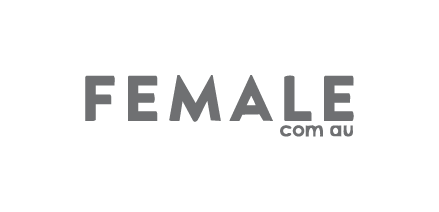DISCOVER MY
Latest Release
Master the art of reinvention as you move from surviving to thriving and become the best version of yourself
Hi, I’m Gary
One of my life’s biggest accomplishments is writing books that have changed people’s lives for the better.
What a privilege it is to make a difference to so many. My latest book Mastering the Art of Reinvention – Adapting to life, AI and other big changes builds on my previous best seller Sort Your Sh!t Out. These are books based on lived experiences that provide practical advice and tips using humour and a laid-back Aussie approach to bring light to dark topics.
These are topics we all struggle with, and I am no different. I have experienced much of what life has to offer including having over 44 different jobs throughout my life, including being a topless waiter, lecturer, teacher, start-up founder and CEO advisor. I have failed, succeeded and learnt some tough but valuable lessons along the way.
Join me as an explorer of life to live your best life.
From Volcanoes to Boardrooms — A Life Reinvented
Other Publications
Do you suffer self-doubt, feel like a failure, experience anxiety, depression, jealousy, emotional outbursts, or just want to hide away? If you answered yes to any of these, then it’s probably time you take control and Sort Your SH!T Out.
Everybody has their SH!T It doesn’t matter if you’re rich and famous like Brad Pitt, living in a retirement village like Merryl, navigating teenage years like Bella, Dan* the drug dealer, UFC fighter Elliot or the author, Gary Waldon. We all have our own SH!T.
Gary shares his own experiences and battles with his own shit as he takes you on an insightful, funny and practical journey of self-discovery to help you live your best life. This is a guy who knows his SH!T.













